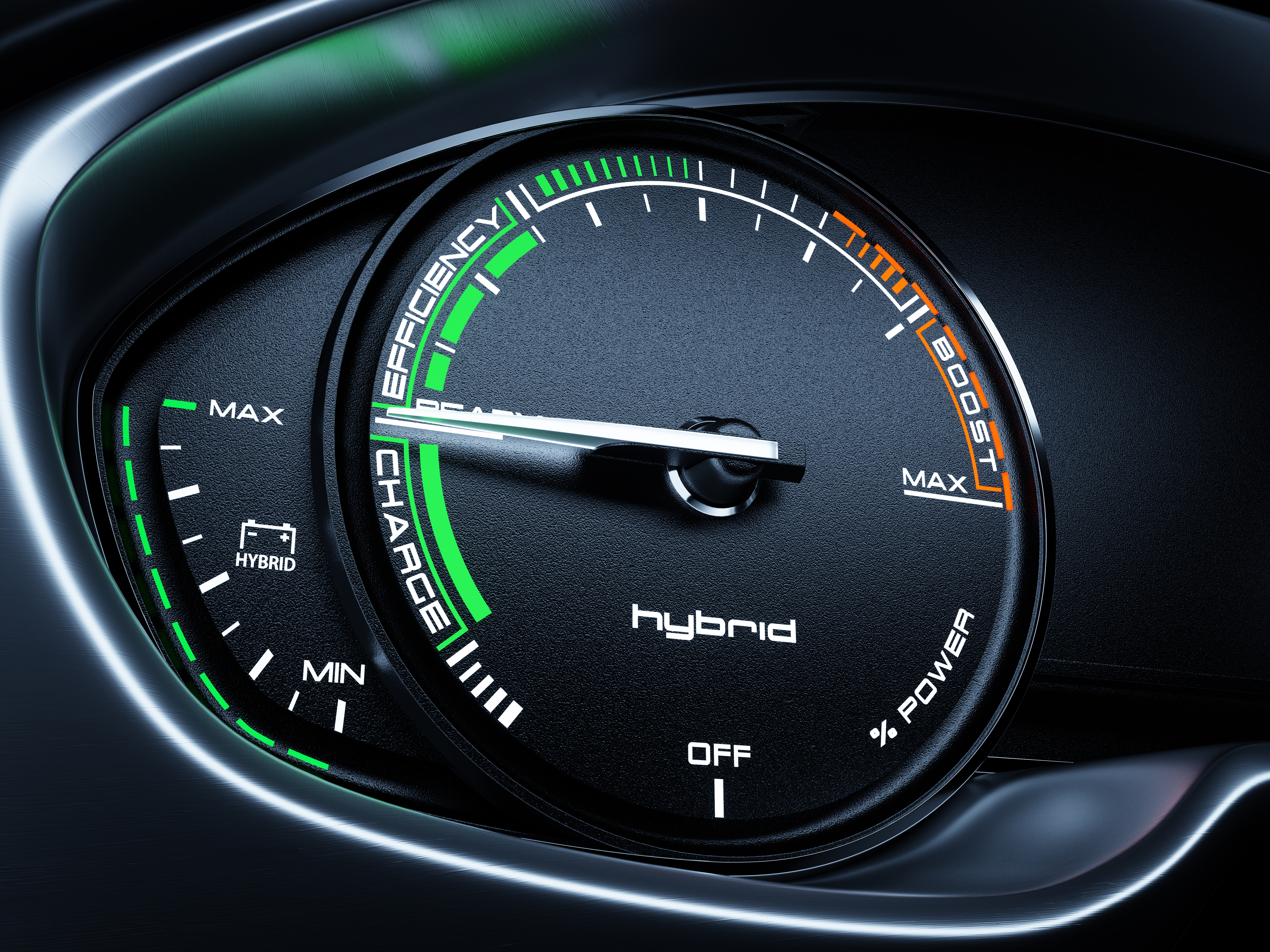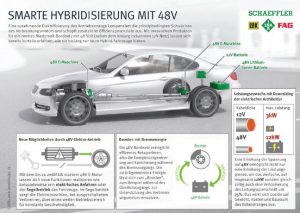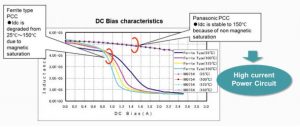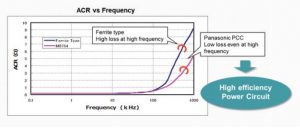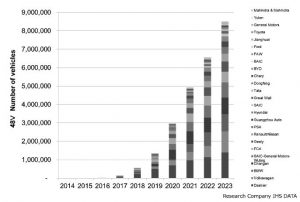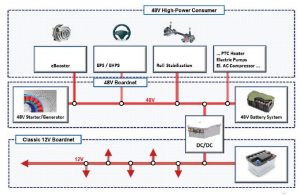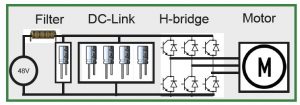For a decade the car was an instrument used for mobility purpose. Allowing people to move from one location to another and therefore improving the life quality of humanity.
Nowadays, a car is not only used for mobility purpose but comfort, high speed, high efficiency, low consumption, less CO2, high security are all the requirements making the development of new model car more complex than for a decade. Means in the future, features( entertainment system, new infotainment system, New display….) in the car are more required and important.
In order to fulfil the future requirements, the number of ECUs has drastically increased over last decade. In the modern car today there is more than 3km cable and more than 300 ECUs.
By such an increase of electronics components, Engineers are facing the problem to improve their electronic design, by improving the thermal management, low power consumption, high efficiency, low power losses. As the amount of ECU’s in the car increase and that more ECUs have to full fill more functionality in less space, the question is:
“How to improve the thermal management, to have a low power consumption, high efficiency, less power losses not to mention the improve EMC behaviour in one ECU, where design space is very limited and more functionality is required?”
Tier1 company and electronic component supplier are facing the difficulty to develop product with high performance but miniaturized.
Requirements for electronic components are increasing more and more from interior system to engine system. In the latest high temperature, high current, high vibration are the requirements.
In order to fulfil those requirements, Panasonic is permanently improving their products by introducing new material technology.
In this article I will describe the technology for two of Panasonic passive components and why this product can fulfil automotive application requirements.
For this purpose i will describe two main automotive application and their requirements.
- Lighting: Feel Save, Drive Safe (from Philipps), or No Light, no vision (From company Hella)
Picture 1: Automotive Lighting
Approximately 30% of all accidents occur at night, the human brain absorbs 90% of all information through eyes. Lighting is essential for both seeing and being seen. Lighting is one of the most growing application in the automobile. The growing demand of lighting in vehicle is mostly due to safety and driving comfort purpose.
From the interior to the car exterior (headlamp, rear lamp), the vehicle is surrounded by Light. Due to this growing demand, Tier1 customer are developing innovative lighting systems such as Adaptive front lighting system (AFS), Adaptive cut-off line, vertical cut-off line, LED Matrix Beam. In the latest system for example a total of 25LEDs per headlight can be operated on full power.
in order to design such system, electronic designer are facing the problem of developing ECUs with low power consumption in order to drive one or more LEDS, to find components working at high frequency (some MHz).
In order to understand what is the benefits and which passive components Panasonic are offering for this application, let us answer to the below questions.
1.1) How a design circuit is looking like for such an Lighting system?
The block diagram of such an design is based on Filter circuit, Boost converter circuit and buck converter circuit.
The Filter circuit is designed to absorb noise coming outside world or other near design ECU or component, allowing the ECU the work properly in its reserve frequency range.
the boost converter circuit is designed in other to boost input voltage means to transform the Input voltage to higher output voltage. In most of the case from 12V to 70V. Usually such a boost converter is also working at a certain frequency in other to improve the power efficiency. In most of the case some MHZ precisely 1-2MHz.
The Buck converter is the supply circuit for the LED is used to transform the boost converter voltage to lower voltage. Usually the output voltage of the boost converter could be around 5V or lower.
Picture 2: Circuit Block diagram of Lighting system
1.2) How Panasonic as components supplier is supporting design engineer to solve their problem and which component Panasonic is offering for this application?
As a leading supplier for Metal composite, Panasonic is offering Power choke coil.
1.2.1) High current
one of the advantages of Panasonic metal composite is high current capability, high saturation current.
Due to its compact structure or monolithic structure, PANASONIC metal composite coil can achieve high current capability without drastically drop of the inductance value. (picture 3). By applying high ripple current, the inductance will drop almost linearly. In addition there is almost no deviation of the inductance value at different temperatures.
picture 3: comparison Panasonic vs Ferrite by inductance@current@temperature
As a result this characteristic of the Power inductor is contributing to the stabilization of the Boost and buck converter circuit. Drastically drop of the inductance value will lead to a dysfunction the circuit since no inductance value or less inductance value will lead to an instability of the output voltage of the boost converter and the buck converter.
1.2.2) High efficiency and low power consumption
As we have already stated above high efficiency, low losses are the requirements for Lighting application design.
as we know for inductor, there are two different Losses occurring: DC-losses and AC losses.
DC losses are mostly due to the copper wire while AC losses are mostly due to the core losses.
In the picture4, in the Y-Axis the AC-Resistance is showed and in the x-Axis the frequency.
As you can take in the diagram, as the frequency increase, the core losses increase as well.
With the Panasonic technology, the core losses can be reduced by almost half compare to the ferrite technology. Allowing therefore the improve the efficiency of the circuit design, to improve the thermal behaviour of the circuit and to reduce the losses. In addition, due to the monolithic structure, eddy current losses can be better controlled or reduced. This will also lead to improve the power efficiency of the coil itself.
picture 4: comparison Pansonic vs Ferrite by AC-Resistance vs frequency.
As a result Panasonic metal composite power choke coil, can contribute to reduce the circuit losses, while improving the power efficiency and the thermal behaviour of the circuit.
1.2.3) Miniaturization.
Due to our monolithic structure, Panasonic is able to miniaturize the component. compare to the ferrite technology, Panasonic can achieve in smaller case size better electrical behaviour compare to the competitor in bigger case size.
Conclusion:
All the attributes of the Panasonic metal composite technology mentioned in 2-1), 2-2) and 2-3) are making the component so successful for lighting application and therefore allowing the electronic designer to achieve better thermal behaviour, miniaturization, high efficiency in their circuit design.
Sources:
https://www.hella.com/hella-com/Innovative-Lighting-Systems-877.html
https://www.usa.philips.com/p-m-au/automotive
https://www.lumileds.com/lighting-applications/automotive
- 48V Inverter Mild Hybrid systems
In the conventional car most of the electronic systems are supplied by a 12V battery. Especially Electronic system for Interior applications. Electronic control unit for Engine system are supply by much high voltage for example 48V. The 48V in this case will be generated by a boost converter circuit.
However with the increase of ECUs components in the car generating an 48V from the 12V Battery will lead to less efficiency, and high CO2-Emission.
In order to achieve better efficiency and to reduce the CO2-Emission, Car maker will get rid of the 12V battery instead a 48V battery is generated.
2.1 48V architecture
According to the research company IHS DATA, 48V number of vehicles will achieve 8.5Mio in 2023.
picture 2.1.1: Market trend 48V Mild Hybrid
picture 2.1.2: 48V Architecture.
As you can take on the picture 2.2, the classic 12V Battery will not be exist in the 48V Hybrid. Instead the 12V battery will be generated from the 48V by a DCDC converter.
The 48V battery will be generated from the 48V starter generator. All high power the electronic system(engine system, braking system, EPS system..) will be therefore directly supply by the 48V battery and all low power system (Infotainment system, radio, clime control ..) will be supplied by the 12V battery system.
This new architecture model will therefore better battery management system, better efficiency, better CO2-Emission. In addition an increase of the 48V will not only allow an increase of the power limitation to 12kW but also will lead to a reduction of cable harness in the car by 75%. This will therefore lead to less weight, cost reduction and less space.
2.2 Why is panasonic SMD hybrid capacitors are so usefull for electronic design purpose
As it already eluded in the previous chapter, the reason to get rid of the 12V batteries and to introduce the 48V battery is mostly due to the improvement of power efficiency, to reduce space and reduce weight of the electronic system.
In order to fulfil the above requirement conventional electronic design system had to be changed using new components with high temperature, high ripple requirement and miniaturize compare to conventional THT products.
Picture 2.2.1: Block diagramm 48V E-machine
As you can take on the block diagram in picture 2.2.1, the conventional THT component will be replaced by SMD components.
The Panasonic capacitors is designed for the DC-link. SMD technology capacitors will therefore allow the design to be much more miniaturize even tough the number of SMD capacitors might increase.
In order to fulfil the engineer design requirement for the DC-link, Panasonic have offered its new Hybrid Series call ZE-Series.
This new Panasonic Series has been developed in order to cover the 48V requirements for the DC-Link for this 48V E-machine.
As characteristic the ZE-Series can achieve 125°C case temperature at 4000h, in larger case size and high ripple current more than 2.8A. The stability of the ESR at temperature and over the life time is providing reliability of the ECU itself.
Conclusion:
Innovation is driven by the problem we are facing every day. Innovation lead to new idea, creativity.
As the requirement in automotive are permanently increasing, changing and becoming tougher and tougher to achieve: high temperature, high reliability, low power consumption, better CO2-emission, less space and so on, designer facing the difficulty to improve their electronic design. This also lead components supplier to improve their product to cover the automotive or customer’s requirements.
Sources:
https://www.hybridcars.com/delphi-touts-48v-charging-system-to-save-fuel/
https://ecomento.tv/wp-content/uploads/2015/06/Schaeffler-48V-Hybridisierung.jpg
https://gannewsroom.com/wp-content/uploads/2016/07/AVL_UK_Expo_48V_Mild_Hybrid_Systems.pdf


